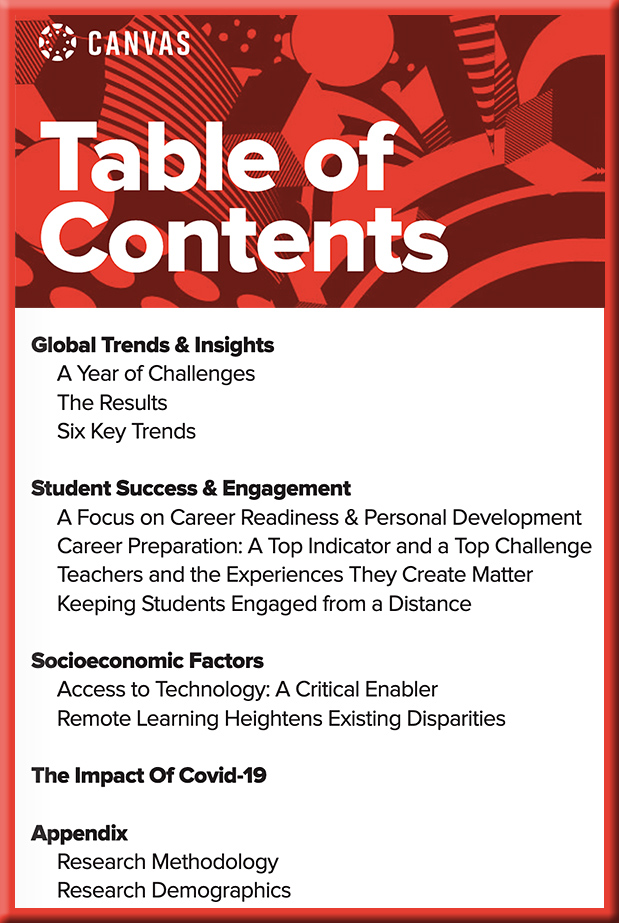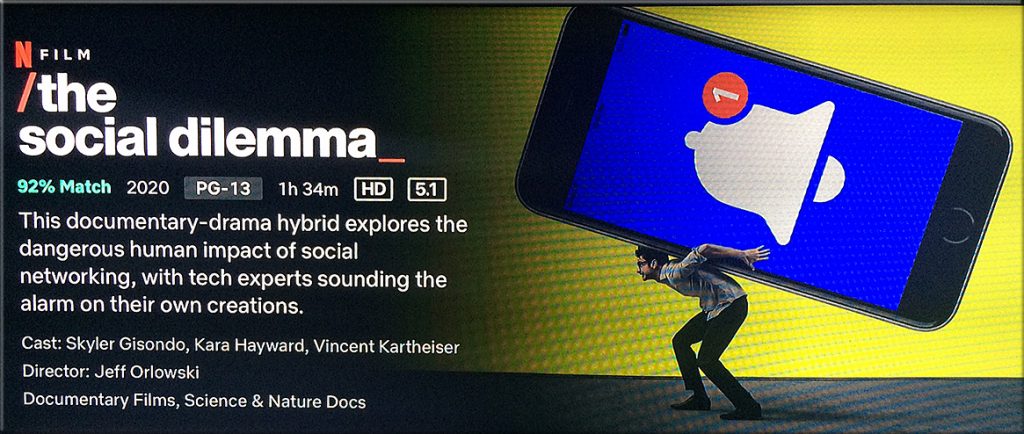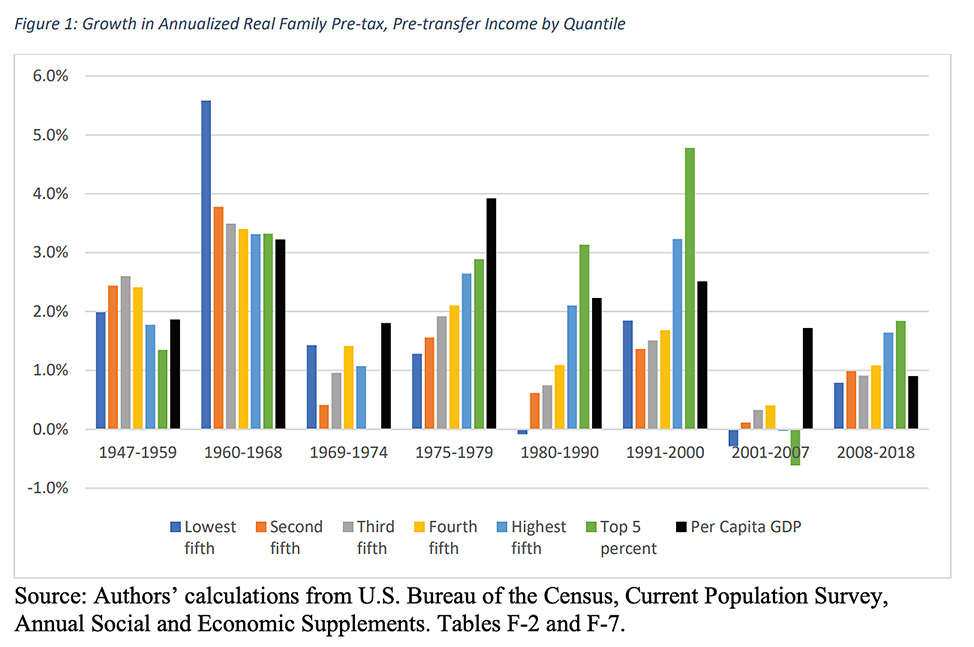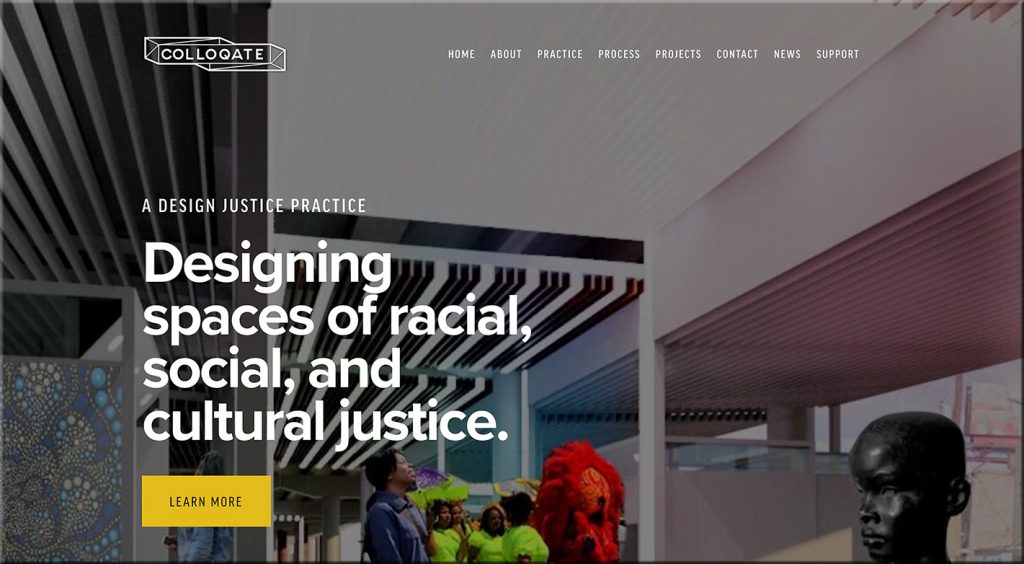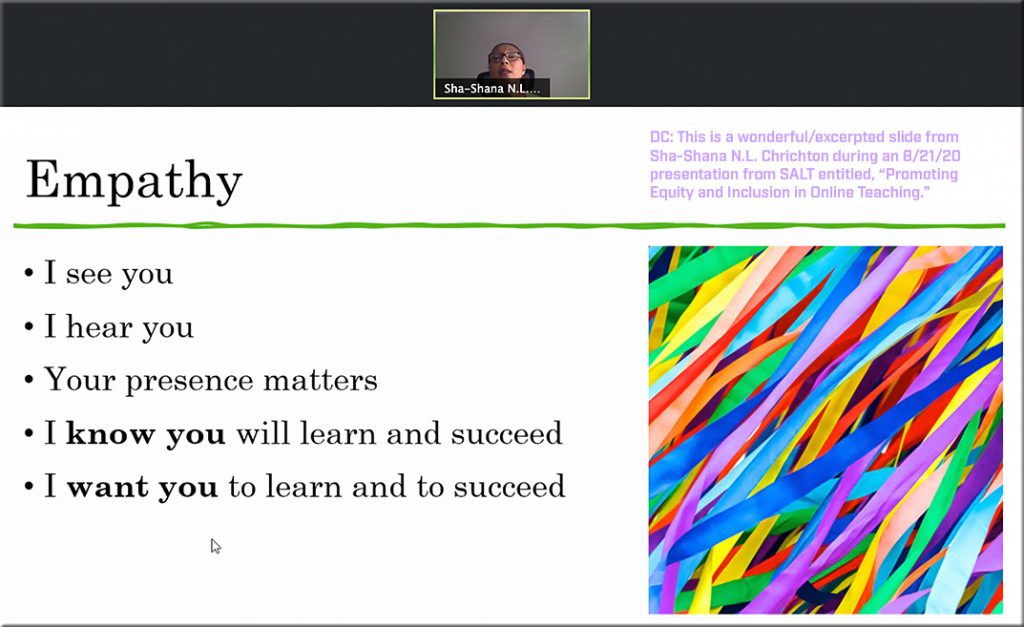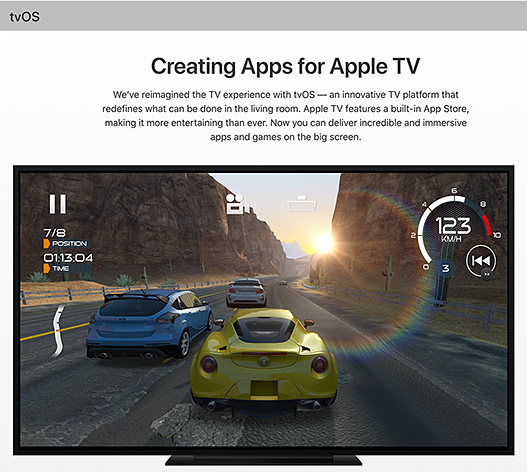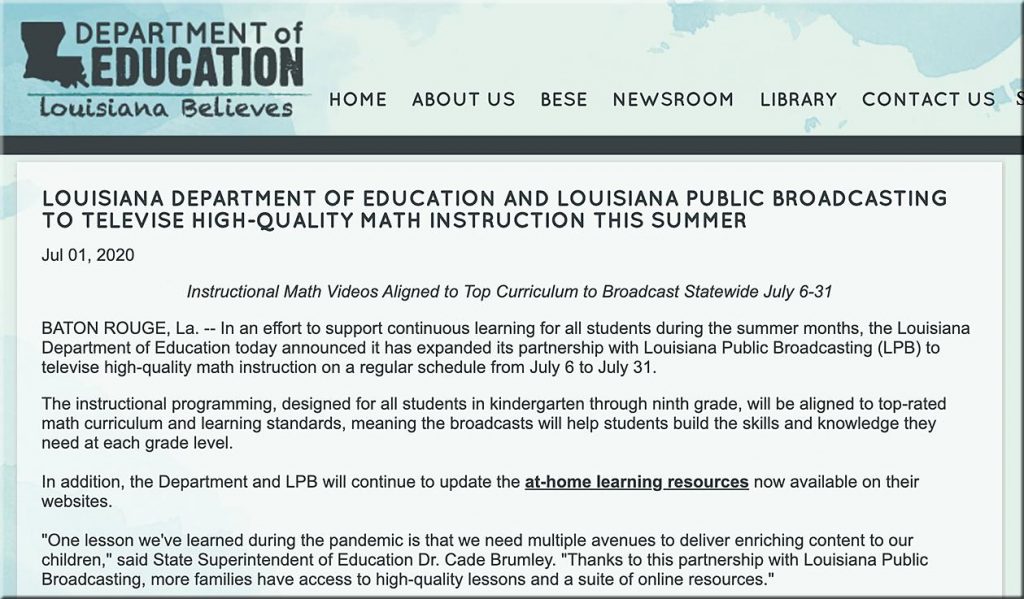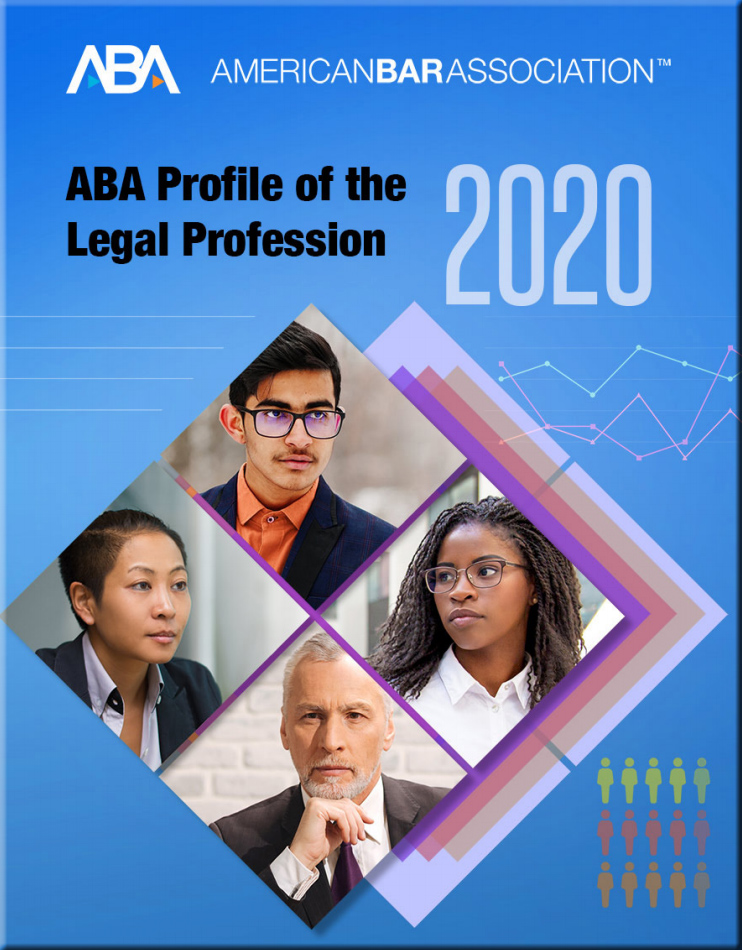How COVID-19 Hollowed Out a Generation of Young Black Men — from propublica.org by Akilah Johnson and Nina Martin
They were pillars of their communities and families, and they are not replaceable. To understand why COVID-19 killed so many young Black men, you need to know the legend of John Henry.
Excerpt:
While COVID-19 has killed 1 out of every 800 African Americans, a toll that overwhelms the imagination, even more stunning is the deadly efficiency with which it has targeted young Black men like Bates. One study using data through July found that Black people ages 35 to 44 were dying at nine times the rate of white people the same age, though the gap slightly narrowed later in the year. And in an analysis for ProPublica this summer using the only reliable data at the time accounting for age, race and gender, from Michigan and Georgia, Harvard researcher Tamara Rushovich found that the disparity was greatest in Black men. It was a phenomenon Enrique Neblett Jr. noticed when he kept seeing online memorials for men his age. “I’ll be 45 this year,” said the University of Michigan professor, who studies racism and health. “I wasn’t seeing 60- and 70-year-old men. We absolutely need to be asking what is going on here?”
Our efforts led us to a little-known body of research that takes its name from one of the most enduring symbols of Black American resilience.










